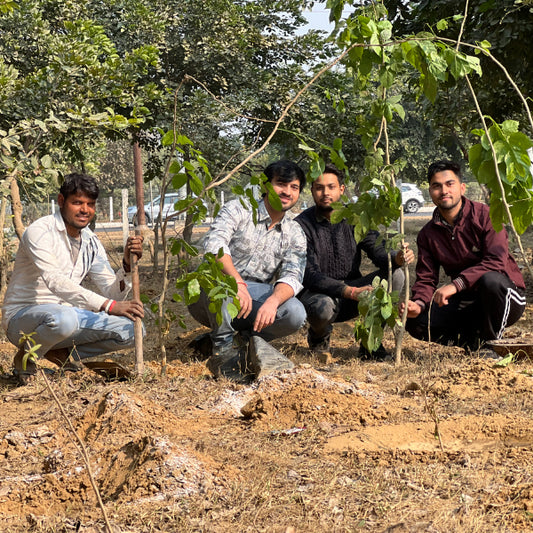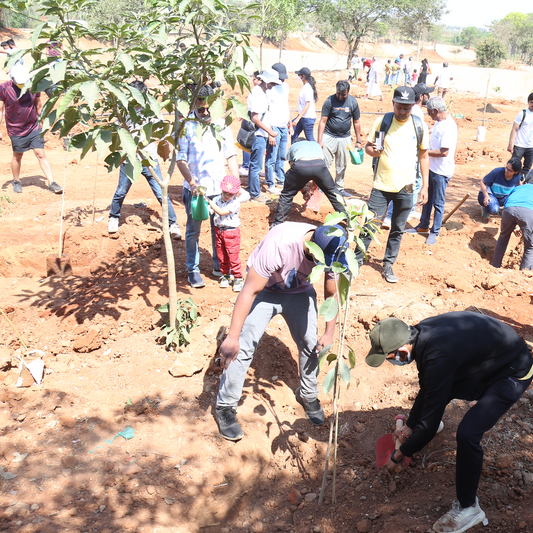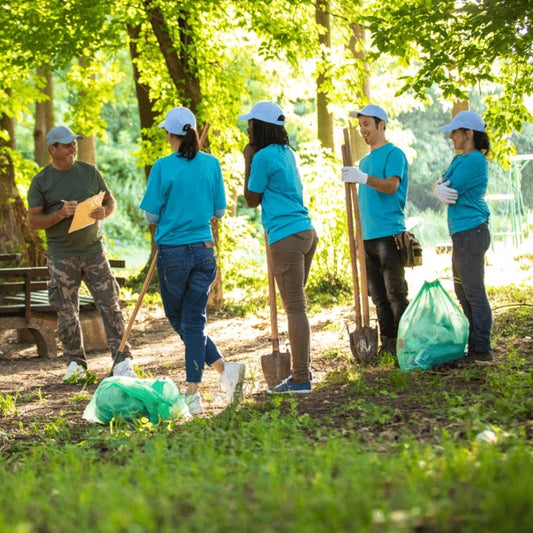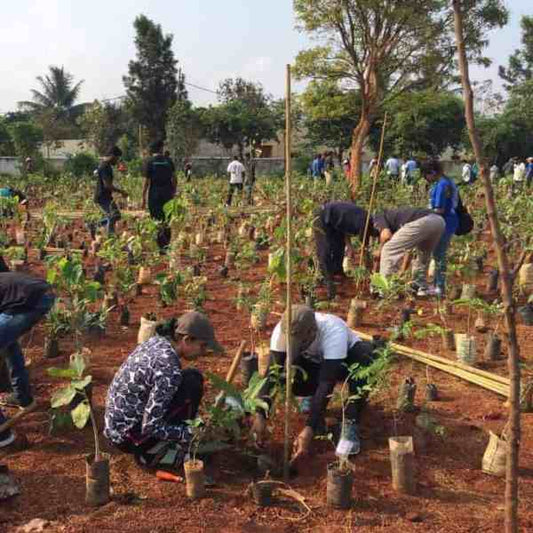SDG Tree Plantation
Tree plantation stands as a multifaceted solution to a myriad of global challenges, aligning seamlessly with the Sustainable Development Goals (SDGs) Read more
-
 Project Closed
Project ClosedTrees by LIFT Team for Green Diwali
Regular price ₹ 299Regular priceUnit price per -
Trees for a Greener Tomorrow - by Mahindra Lifespaces
Regular price ₹ 299Regular priceUnit price per -
Trees for Environment
Regular price ₹ 299Regular priceUnit price per -
Trees for Farmers
Regular price ₹ 299Regular priceUnit price per -
Trees for Environment Day (5th Jun)
Regular price ₹ 299Regular priceUnit price per -
Trees for Clients
Regular price ₹ 299Regular priceUnit price per -
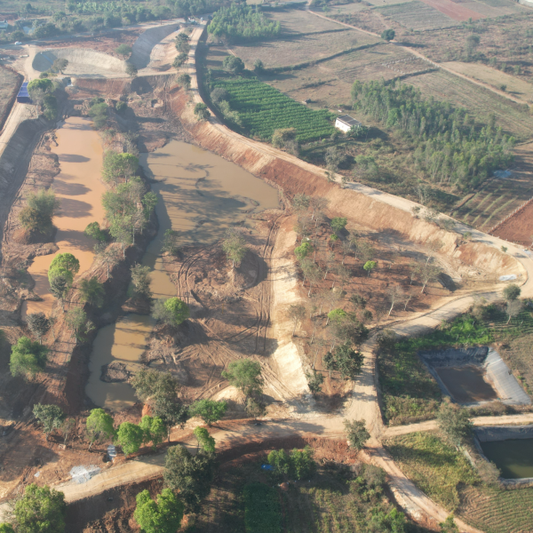 Project Closed
Project ClosedTrees for Bangalore
Regular price ₹ 799Regular priceUnit price per -
Trees for Employee Engagement
Regular price ₹ 49,950Regular priceUnit price per -
 Project Closed
Project ClosedTrees by Internet Brands | WebMD | FindLaw
Regular price ₹ 299Regular priceUnit price per -
Trees for Employees
Regular price ₹ 299Regular priceUnit price per -
 Project Closed
Project ClosedTrees for Delhi, NCR
Regular price ₹ 799Regular priceUnit price per -
Trees for a Greener Tomorrow - by Habitat India
Regular price ₹ 299Regular priceUnit price per -
 Project Closed
Project ClosedTrees for Mumbai
Regular price ₹ 799Regular priceUnit price per -
 Project Closed
Project ClosedTrees for Hyderabad
Regular price ₹ 799Regular priceUnit price per -
 Project Closed
Project ClosedTrees for Pune
Regular price ₹ 799Regular priceUnit price per -
Trees for Colleagues
Regular price ₹ 299Regular priceUnit price per
SDG Tree Plantation
Tree plantation stands as a multifaceted solution to a myriad of global challenges, aligning seamlessly with the Sustainable Development Goals (SDGs) set forth by the United Nations.
For organizations, investing in tree plantation initiatives not only contributes to environmental conservation but also addresses social, economic, and health-related issues. Let's explore how tree plantation touches various SDGs and why organizations should integrate it into their corporate sustainability strategies.
-
Goal 1: No Poverty Tree plantation can generate economic opportunities for local communities, especially in rural areas. Agroforestry and sustainable forest management practices enable communities to derive income from tree products such as timber, fruits, nuts, and medicinal plants. Organizations can promote inclusive economic growth by supporting tree-based livelihoods and value chains.
-
Goal 3: Good Health and Well-being Green spaces and urban forests have been linked to numerous health benefits, including stress reduction, improved mental health, and enhanced physical fitness. By planting trees in urban areas and promoting access to green spaces, organizations can contribute to the well-being of employees and local residents, fostering healthier and happier communities.
-
Goal 6: Clean Water and Sanitation Trees play a crucial role in maintaining water quality and regulating hydrological cycles. By planting trees along riverbanks and watersheds, organizations can prevent soil erosion, reduce sedimentation, and improve water filtration. This helps safeguard freshwater resources and ensures access to clean water for communities downstream.
-
Goal 11: Sustainable Cities and Communities Urban tree plantation enhances the livability of cities by improving air quality, reducing urban heat island effect, and providing green spaces for recreation and relaxation. Organizations can support urban greening initiatives by planting trees in parks, streetscapes, and public spaces, contributing to the creation of sustainable and resilient cities.
- Goal 12: Responsible Consumption and Production Tree plantation encourages sustainable resource management and promotes responsible consumption patterns. By investing in reforestation projects and promoting sustainable forestry practices, organizations can support the transition towards a circular economy and reduce the ecological footprint of their operations.
-
Goal 13: Climate Action Tree plantation is a powerful tool in combating climate change. Trees absorb carbon dioxide, a major greenhouse gas, from the atmosphere, mitigating the effects of global warming. By investing in tree plantation, organizations can actively contribute to reducing carbon emissions and stabilizing the climate.
-
Goal 15: Life on Land Forests are home to a significant portion of the world's terrestrial biodiversity. By planting trees and restoring degraded ecosystems, organizations can help preserve biodiversity and protect habitats for various plant and animal species. This contributes to the conservation of terrestrial ecosystems and promotes sustainable land use practices.

Conclusion: Tree plantation emerges as a holistic solution that addresses a wide range of sustainable development challenges. By aligning tree plantation initiatives with the SDGs, organizations can create positive impacts on the environment, society, and economy, while advancing their corporate sustainability agendas. Investing in tree plantation not only helps organizations fulfill their social and environmental responsibilities but also fosters innovation, resilience, and long-term value creation for all stakeholders.
References : https://www.undp.org/sustainable-development-goals
Trees for SDG
Trees play a pivotal role in achieving several Sustainable Development Goals (SDGs) due to their multifaceted benefits for the environment, economy, and society.
SDG 13-Climate Action
Climate action, aligned with SDG 13, focuses on combating climate change and its impacts by reducing greenhouse gas emissions, promoting renewable energy, and enhancing resilience to climate-related disasters.
SDG 15-Biodiversity Conservation
Biodiversity conservation, in line with SDG 15, aims to protect and sustainably manage ecosystems, species, and genetic diversity to ensure the long-term health and resilience of the planet's natural environment.
Sustainable Development through SDGs
Sustainable development, a core principle of SDGs, entails meeting the needs of the present without compromising the ability of future generations to meet their own needs, encompassing economic growth, social inclusion, and environmental protection.
SDG 1 Poverty Alleviation
Poverty alleviation efforts, supporting SDG 1, aim to reduce poverty and inequality by improving access to education, healthcare, clean water, and economic opportunities for marginalized and vulnerable communities.
SDG 5 Gender Equality
Gender equality, reflected in SDG 5, seeks to ensure equal rights, opportunities, and participation for all genders, empowering women and girls, challenging gender stereotypes, and promoting inclusive societies.
SDG 12 Responsible Consumption and Production
Responsible consumption and production, integral to SDG 12, involve promoting sustainable consumption patterns, resource efficiency, waste reduction, and circular economy practices to minimize environmental impacts and enhance resource sustainability.
Browse Trees Plantations
FAQ
What are Sustainable Development Goals (SDGs)?
SDGs are a set of global goals adopted by all United Nations Member States to address global challenges such as poverty, inequality, climate change, environmental degradation, peace, and justice. They are important as a framework for sustainable development, guiding efforts towards a more inclusive, equitable, and sustainable future for all.
Why are SDGs relevant to corporations?
SDGs provide a framework for corporations to align their business strategies with global sustainability objectives, contributing to positive social and environmental impacts while enhancing long-term business resilience and competitiveness.
What is the significance of SDGs on a global scale?
SDGs are crucial for addressing pressing global issues and achieving a more sustainable and equitable world. They provide a roadmap for collective action, encouraging collaboration and partnership among governments, businesses, civil society, and individuals to tackle shared challenges and build a better future for humanity.
How does tree plantation contribute to achieving the Sustainable Development Goals (SDGs)?
Tree plantation contributes to achieving the SDGs by addressing climate action, biodiversity conservation, sustainable land use, poverty alleviation, and community well-being.
What are the SDGs related to trees?
Tree plantation addresses SDGs such as Climate Action (SDG 13), Life on Land (SDG 15), Clean Water and Sanitation (SDG 6), No Poverty (SDG 1), Zero Hunger (SDG 2), and Sustainable Cities and Communities (SDG 11), among others.
Can you explain how tree plantation supports environmental sustainability and biodiversity conservation?
Tree plantation supports environmental sustainability and biodiversity conservation by restoring ecosystems, enhancing ecosystem services, preserving habitats, and promoting ecological balance.
How does tree plantation contribute to combating climate change?
Tree plantation mitigates greenhouse gas emissions, reduces deforestation and land degradation, and enhances carbon sinks, contributing to climate change mitigation efforts.
What role does tree plantation play in promoting sustainable land use and ecosystems?
Tree plantation prevents soil erosion, improves soil fertility, conserves water resources, and enhances ecosystem resilience, promoting sustainable land use and healthy ecosystems.
How can organizations align tree plantation initiatives with specific SDGs to maximize impact?
Organizations can align tree plantation initiatives with specific SDGs by setting sustainability goals, engaging stakeholders, integrating planting into sustainability strategies, and monitoring impacts.
Can you provide examples of successful tree plantation projects contributing to SDGs?
Successful projects include reforestation in degraded landscapes, agroforestry supporting rural livelihoods, urban greening enhancing resilience, and community-based forest restoration empowering local communities.
What challenges and opportunities are associated with implementing tree plantation projects for SDGs?
Challenges include land availability, funding, community engagement, and climate risks, while opportunities include partnerships, innovative financing, technology, and collaboration.
How can individuals, businesses, and governments collaborate to scale up tree plantation initiatives for SDGs?
Collaboration involves partnerships, sharing best practices, mobilizing resources, raising awareness, and advocating for supportive policies and regulations.






